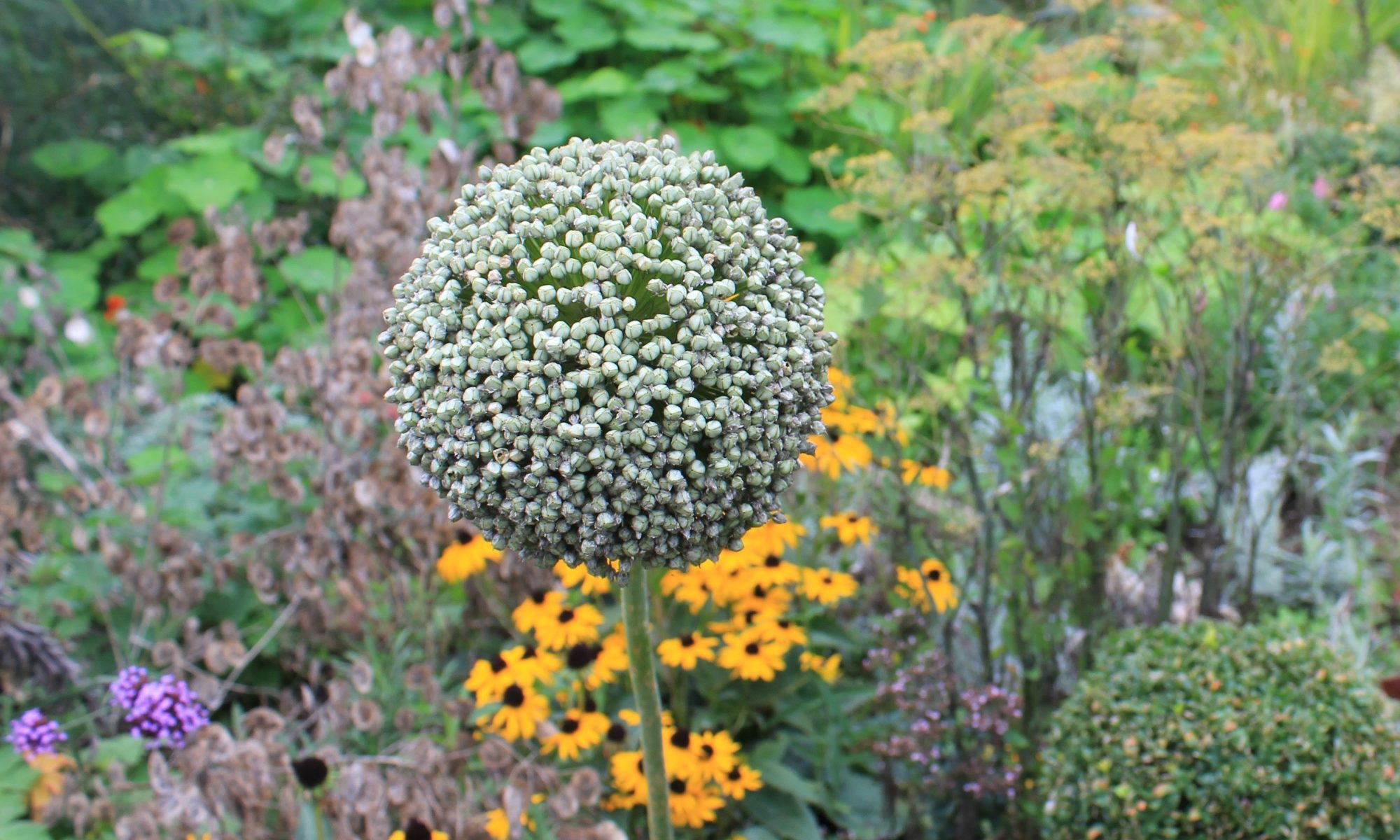I love September. The nights may be drawing in, but the days still feel like summer and there’s the sweet poignancy of still being able to make the most of the last few golden days – and I’m busy thinking about one of my most favourite gardening activities – seed collecting.
Ask me in spring and I’ll say the opposite, but I much prefer collecting seeds to sowing them. There’s that hunter gatherer sense of harvesting, tinged with a smattering of smug frugality and, if the weather’s good, a stack of seed packets to swap with friends, or tip out into the borders next spring. It might be the last of days, but new starts are in the air. Pencils are being sharpened, uniforms pressed – and seed pods are ripening.
When and how to collect seed
Seed heads are the subject of much art and although it would be nice to think their sculptural appeal is for our benefit, their beautiful shapes and intricate designs have a more practical purpose. Methods of seed dispersal vary wildly and evolution has come up with some ingenious methods; many seed capsules are triggered to literally explode, to propel the seeds as far away from the ‘mother’ plant as possible.
This can make collecting seed frustrating, as the timing in some situations needs to be just right – collect too early and the seed won’t be ripe, collect a second too late and the seed pod will ping open and hurl its contents to the wind. Half the fun (I was going to say danger, but no one’s been injured by pinging pods) is knowing when to catch that moment. Some people tie paper bags over plants to ensure that the seeds will be captured (not plastic as it will cause seed-rotting condensation).
Many seeds will be ready to collect this month, but there are lots of plants that flower at other times in the year, so be prepared to have a few harvesting sessions through the seasons. As a general rule, seeds will be ready to gather about two months after the flowers have finished.
A few very basic pieces of equipment are needed: those all important paper bags or envelopes, a pen for labelling (as you will not remember what they are and in future you will be hugely irritated), kitchen paper for drying, and a sieve or sheet of paper for separating the seeds from the chaff and pods.
They need to be fully ripe, or they won’t germinate – and make sure that the seeds are dry, as any dampness will cause them to rot and spoil. A general rule of thumb is that once the seed pod looks brown and crisp, you should be safe. If you suspect they’re wet, or if you’re collecting seeds from berries or fleshy fruits, wash off all the fleshy parts in water, spread them out on absorbent paper before packing and storing. Collect seed from midday onwards, once the dew has evaporated, on a calm day (you’ll only spill them if a blustery wind is making you cross).
How to store seed
Some seeds need to be sown fresh, as soon as you’ve harvested them, but others are best stored until the following spring and need to be kept in a cool, dry place. I store mine in envelopes, in a tin, wooden or cardboard box (ie not Tupperware), but basically anything that won’t cause any condensation will be fine. Store them away from light and humid environments.
I have kept them in the fridge, although that is often quite a damp place, so make sure they’re within another container (clearly labelled to deter curious fridge raiders) and not near any moisture. It is an especially good place to keep seeds that need a period of vernalisation (mock winter) to trigger germination.
Self-seeding plants
Wouldn’t it be wonderful if all plants were self-seeding? Think of the money we’d save! Actually, I’m glad there aren’t too many of them. Self-seeders, if they like you, can be prolific to the point of being unwelcome.
They tend to be annuals, biennials and occasionally (in the case of the above) short-lived perennials and as these plants have but a brief time to live, their main job is to flower and set seed for the next generation. Many are meadow plants by nature and opportunistically populate areas of ground when conditions are momentarily favourable. The seed can lie dormant in the soil for years waiting for this to happen – think of the poppy fields after the First World War.
If you want to encourage self-seeders, try to start with a fairly weed-free garden; if it isn’t, you will need to try and identify your plants at an early stage in order to separate the weedlings from the seedlings. Don’t apply a heavy mulch in the spring, as this will swamp tiny plantlets and prevent many of the seeds from germinating. Most self-seeders germinate best in free-draining soil, and will struggle on heavy, claggy clay. Incorporating organic matter and grit will help to open up the structure of clay soil and make it more welcoming.
Depending on your style of gardening (which may also be related to the time you have available), the self-seeders can be managed in two ways. The first is to allow nature to take its course and let the plants self-seed. This way, many serendipitous planting combinations can occur, with plants finding exactly the right places to grow, often in situations you would never have planted in – and sometimes in far better ones. It all becomes a happy accident and looks natural and unforced.
Judicious weeding becomes the order of the day, and this is sometimes harder than it seems; there’s something unkind about weeding out healthy, happy plants, even if they are growing in the wrong place. The other method is to collect the seed and sow it yourself – either in pots to plant out later, or in situ. This method is labour intensive, but keeps you in charge of the show.
Here’s to another long golden autumn (we can only hope), filled with the rattle of seed pods. The year may be turning, but there’s still lots going on. So, envelopes and paper bags to the ready everyone, let’s get out there.
TEST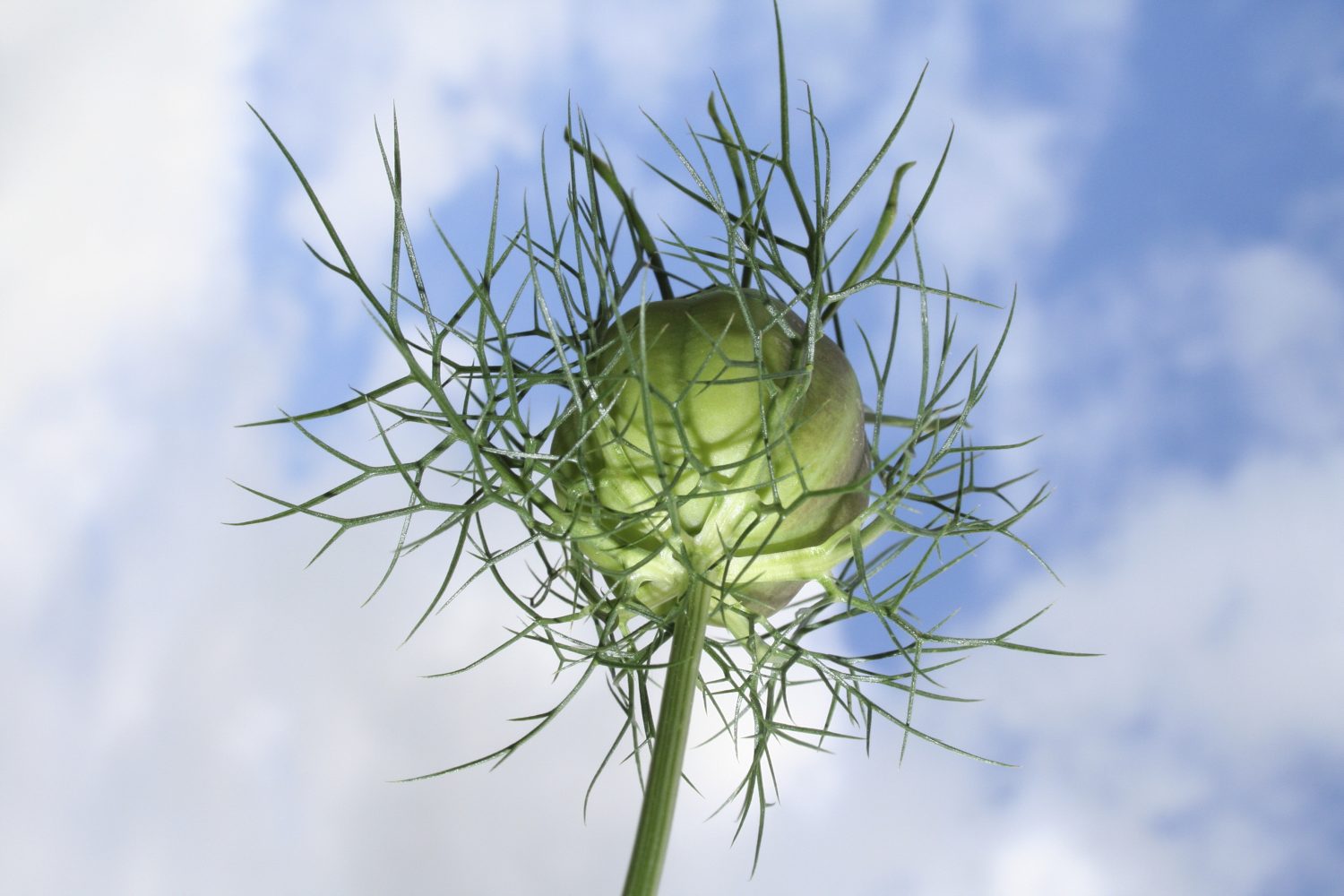
Envelopes and paper bags to the ready everyone, let’s get out there
TEST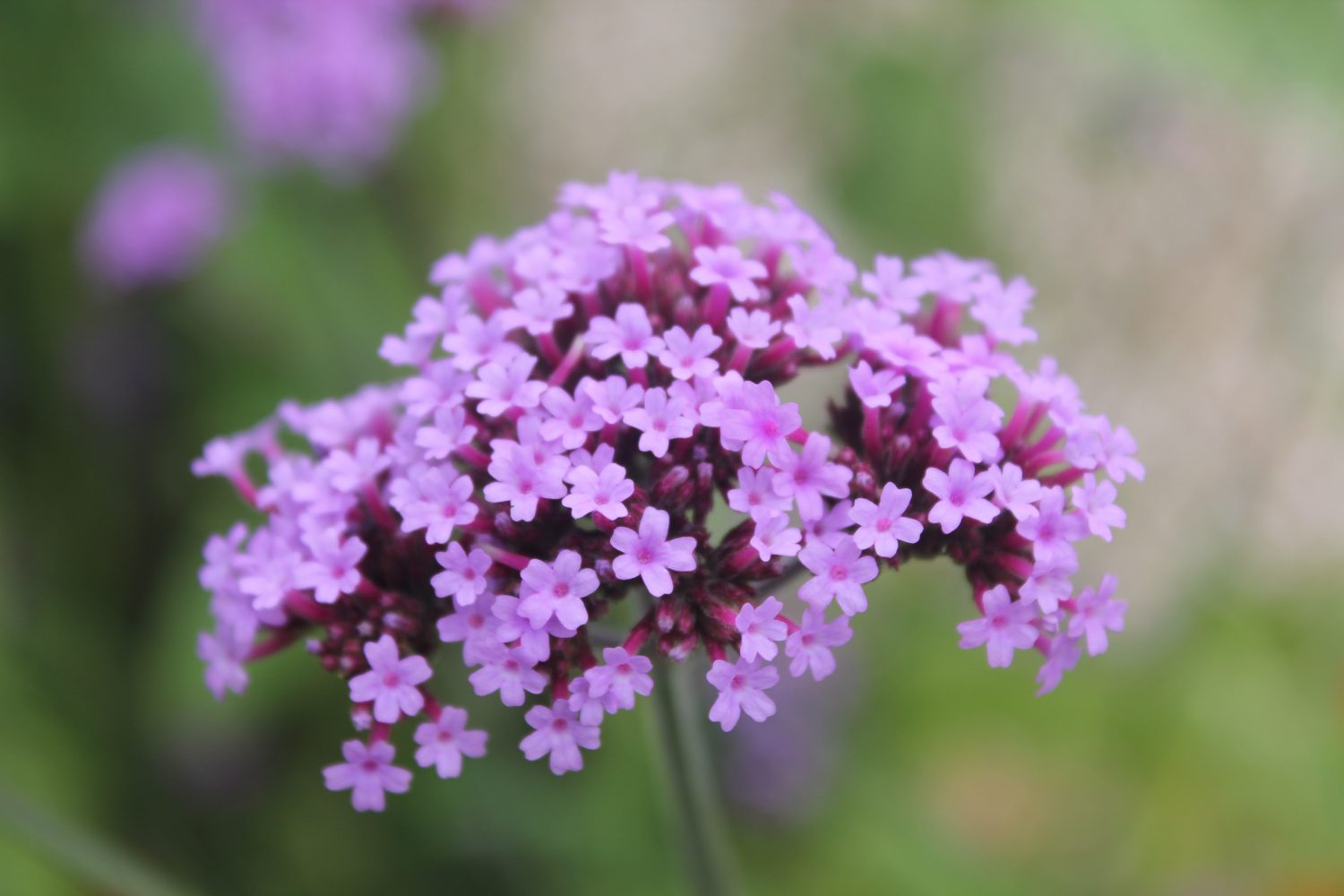
If you want to encourage self-seeders, try to start with a fairly weed-free garden
TEST
Poppy seed heads
TEST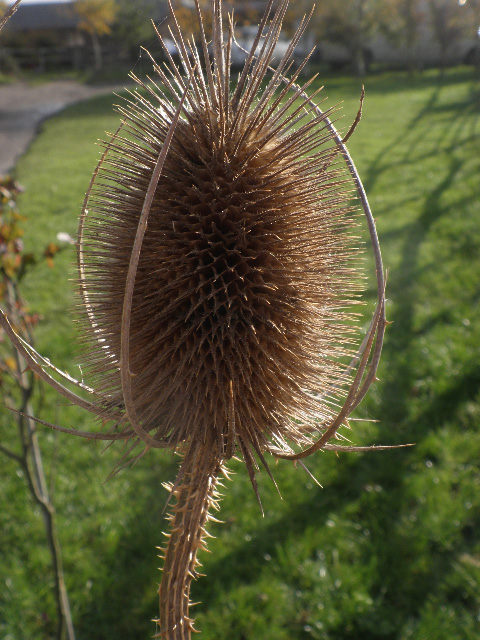
Some seeds need to be sown fresh, as soon as you’ve harvested them, but others are best stored until the following spring and need to be kept in a cool, dry place
TEST
Methods of seed dispersal vary wildly and evolution has come up with some ingenious methods
TEST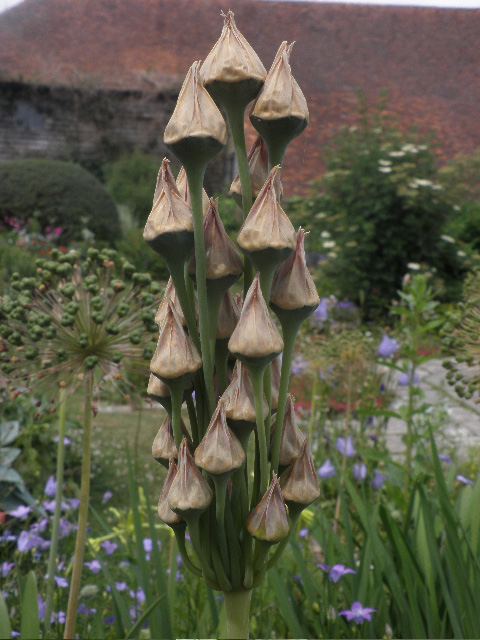
It might be the last of days, but new starts are in the air
- words: Jo Arnell
You may also like
Go with the Flow
Sue Whigham shares some valuable new-to-gardening advice I’m sure that by now we should be used to the rain but I’m not entirely sure that we are. We had a dry, sunny day the other day and how everybody’s mood...
Farm Fables
Jane Howard gets to the bottom of why so many ponds have disappeared across the High Weald I have a new passion, almost an obsession, it’s about ponds. And there’s a distinct possibility I might become a bit of a...
Hedge Issues
Sue Whigham takes a meander along nature’s verdant and vital corridors Recently the BBC’s Today programme carried a feature about England’s hedgerows which created a lot of interest among listeners. On the strength of that, Martha Kearney interviewed one of...
